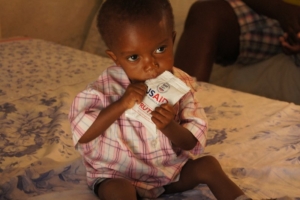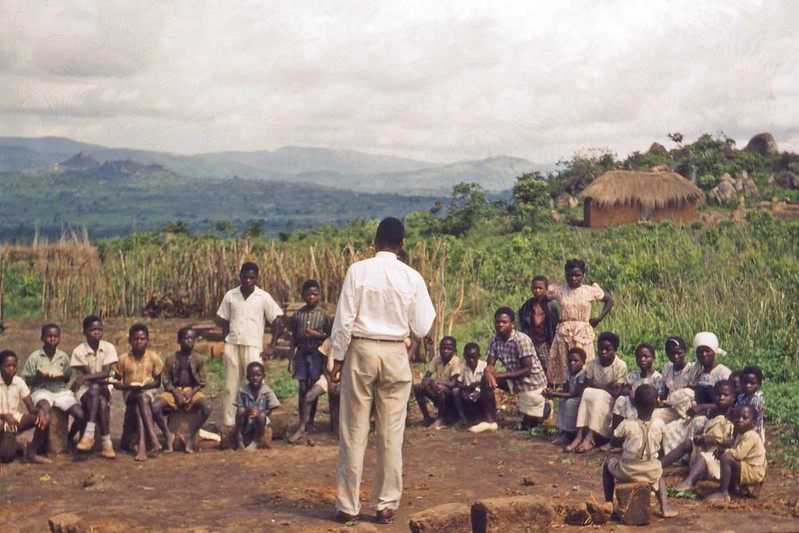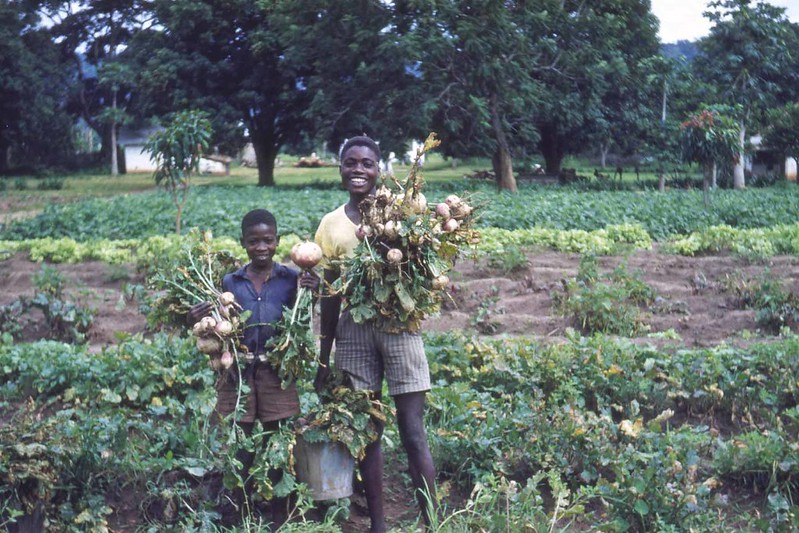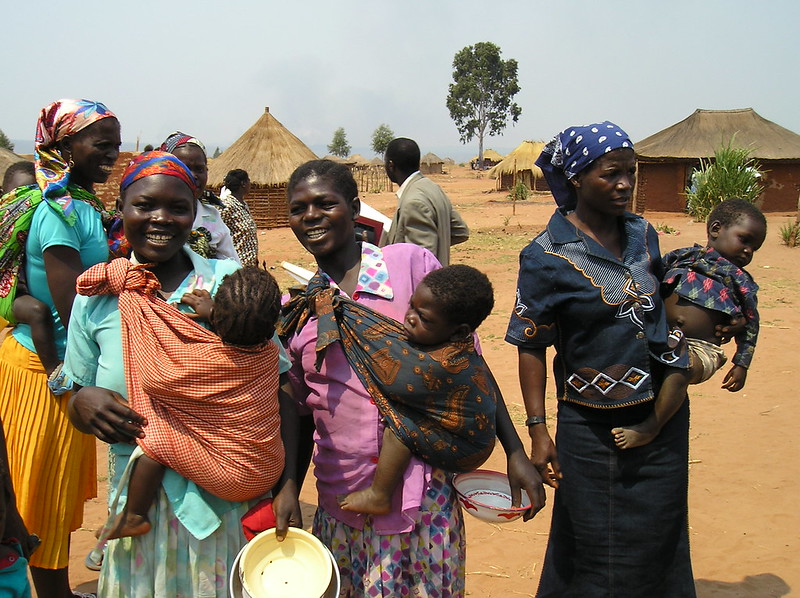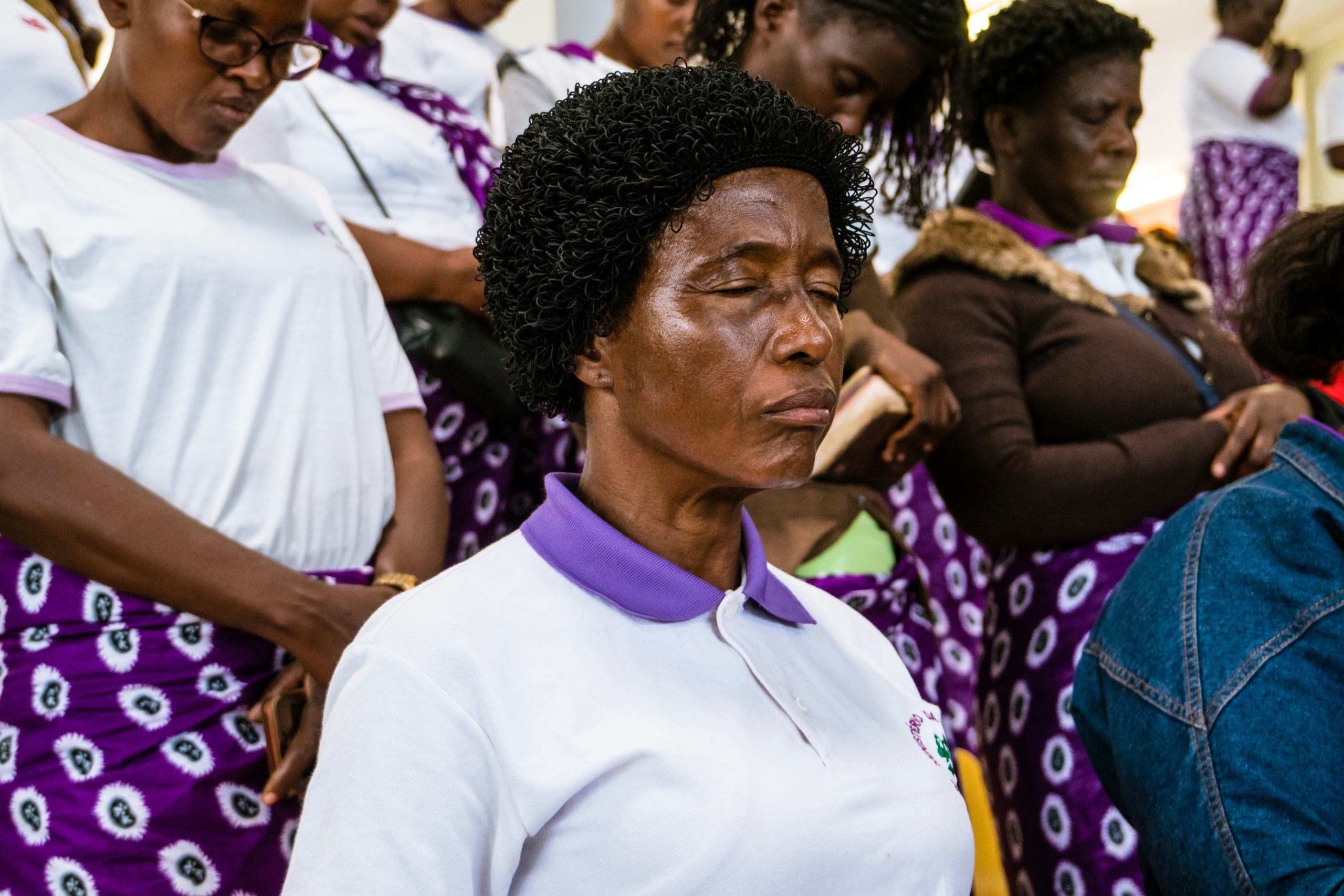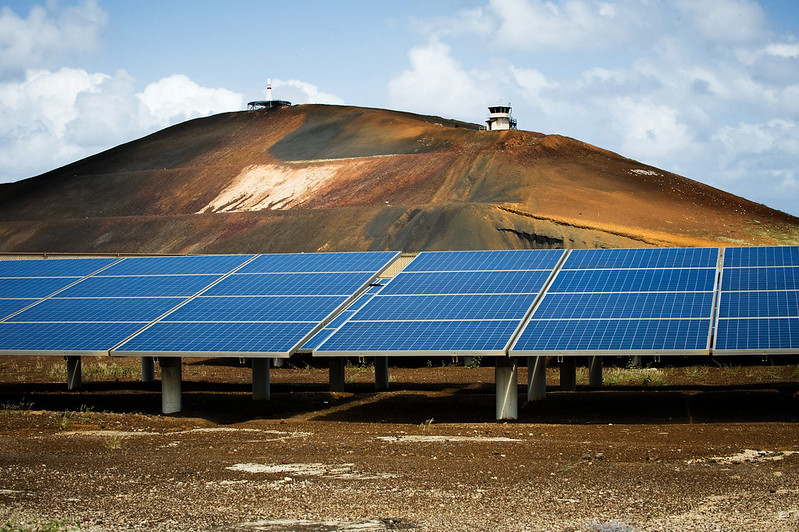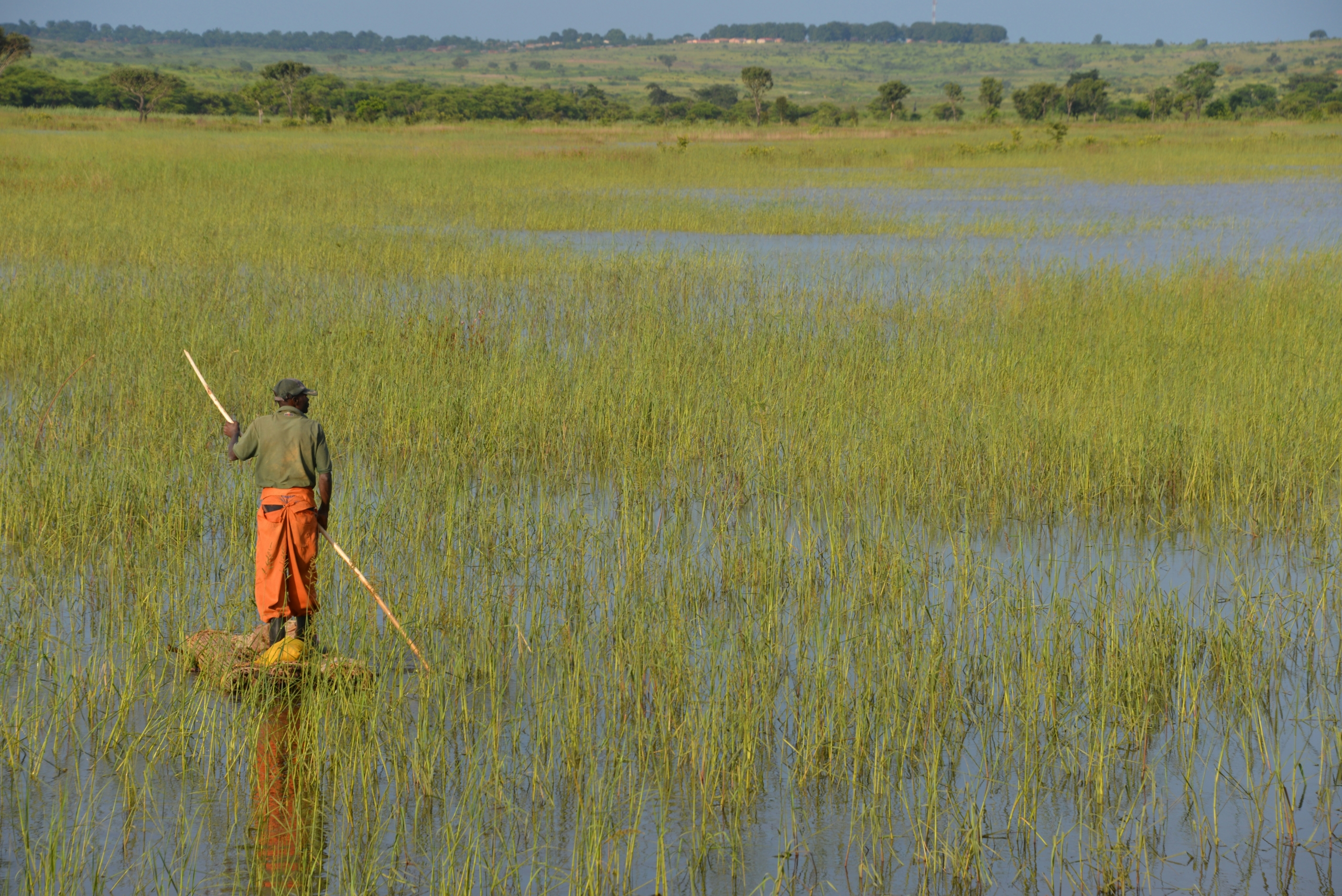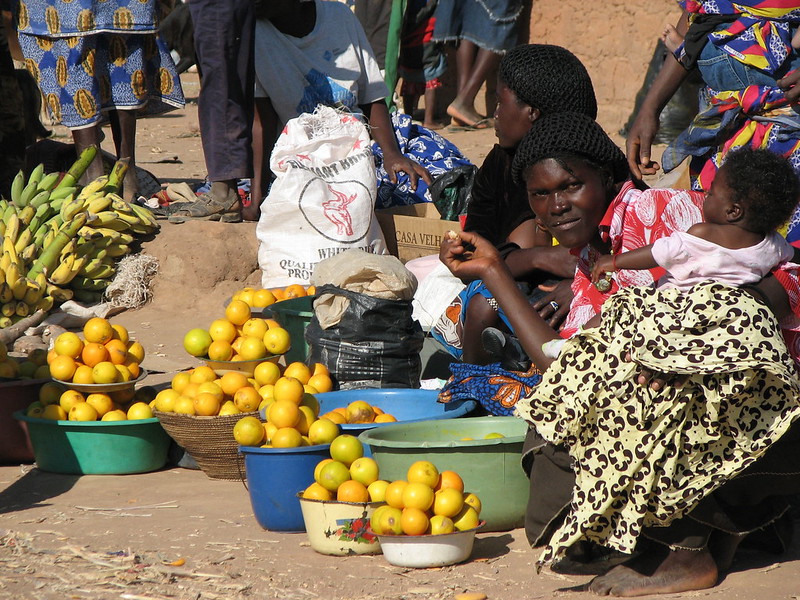 Over the past decade, Angola has significantly enhanced its social protection system, transitioning from emergency aid to comprehensive safety nets. Situated in southwestern Africa, Angola has experienced significant economic growth, primarily driven by its oil sector, despite years of conflict. The country has strengthened its social protection framework to address disparities and effectively safeguard vulnerable citizens. Social protection Development in Angola has progressed from simple humanitarian assistance during periods of conflict to well-organised programmes specifically aimed at poverty reduction. This transformation demonstrates Angola’s developmental trajectory and its unwavering commitment to improving social systems.
Over the past decade, Angola has significantly enhanced its social protection system, transitioning from emergency aid to comprehensive safety nets. Situated in southwestern Africa, Angola has experienced significant economic growth, primarily driven by its oil sector, despite years of conflict. The country has strengthened its social protection framework to address disparities and effectively safeguard vulnerable citizens. Social protection Development in Angola has progressed from simple humanitarian assistance during periods of conflict to well-organised programmes specifically aimed at poverty reduction. This transformation demonstrates Angola’s developmental trajectory and its unwavering commitment to improving social systems.
Cartão Kikuia (Kikuia Card)
Launched in 2013, the program had 101,246 beneficiaries nationwide. This innovative program aims to address the social impacts of economic reforms, particularly regarding fuel subsidies, by combining cash transfers with subsidised access to essential goods. It’s all about making life a little easier. Beneficiaries are issued a prepaid card with KZ10,000 ($10.76) monthly, allowing them to purchase a select range of products at discounted rates from registered vendors. The primary goals of the program are to tackle income poverty and food insecurity while also fostering local market growth.
Initially tested in urban regions, the Cartão Kikuia program has progressively expanded into peri-urban and certain rural areas. Evaluations of the program have revealed beneficial effects on household consumption and dietary diversity. The program encompasses vulnerable groups, including widows with orphans, people with disabilities and ex-combatants.
Kwenda Program
The Kwenda Program stands as Angola’s first cash transfer social protection initiative, launched in May 2020 to address the needs of the most vulnerable households during the COVID-19 pandemic. Backed by $320 million from the World Bank and $100 million from the Angolan Government, this program is dedicated to supporting 1.6 million at-risk households. Designed with flexibility in mind, the Kwenda Program efficiently and safely reaches its beneficiaries, with most recipients receiving e-payments, granting most of them access to the financial system for the very first time in their lives.
Since its inception, the Kwenda program has made a significant impact, allocating $23 million by early 2022 and conducting 314,000 cash transfers, with 60% of beneficiaries being women. Enrolment has surged, exceeding half a million families registered by January 2022, and nearly half (247,000) have received at least one cash transfer. Thanks to the Social Protection Development in Angola, more than a million families are enrolled in the Kwenda programme, most of whom have received direct financial aid.
Maria Feliciana, a 92-year-old citizen from Catete in Icolo Bengo Province, a local vendor, shared her thoughts on the government program: “This initiative shows that the government remembers the poorest among us. It’s for everyone in need, even those in the villages. It treated us with respect and dignity.” She added, “Please bring the program back! Do not forget us older people in the villages. We have contributed to this country throughout our lives. This small help means everything to us. And please make it permanent—one year is not enough to change a lifetime of poverty.”
Valor Criança Social Cash Transfer Pilot
Valor Criança is a pilot program of social cash transfers, implemented by the Ministry of Social Action, Family and Women’s Promotion, with technical support from UNICEF, designed as a child-sensitive, unconditional social cash transfer program targeted at households with children aged zero to five years in selected municipalities prone to food insecurity. The program began implementation in 2019 as a pilot program, initially benefiting 20,000 children through monthly delivery of 3,000 AOA to 7,700 families in 257 municipalities in the provinces of Moxico, Bié and Uíge. It provided a monthly cash transfer of AOA 3,000 ($10 in the period) per child under 5, which was increased to AOA 5,000 in response to COVID-19, with the transfer amount directly paid to the child’s caregiver (predominantly women), limited to three eligible children per household.
The program served as an important foundation for Angola’s broader social protection system and has shown a significant impact in supporting vulnerable families with young children. The program also linked families to other services, including birth registration and early childhood development services, making it more than just a cash transfer program.
Institutional Framework and Governance
The Ministry of Social Action, Family and Promotion of Women oversees social protection policies in Angola. Recent reforms aim to improve coordination among ministries and government levels, contributing positively to social protection development in Angola.
The National Social Action Policy (PNAS) came after various initiatives, setting up a framework for future actions. One significant initiative that started in 2019 was the Strengthen and Scale Up Social Assistance to Vulnerable Population of Angola (APROSOC) project, which focused on enhancing social assistance for the vulnerable population and received funding from the European Union.
Angola has also made progress in strengthening its social registry system, which helps identify potential beneficiaries and reduce duplication across programs. The Cadastro Social Único (Unified Social Registry) is gradually spreading nationwide, though challenges remain in reaching remote populations.
Further Ahead
Angola is making progress in its Social Protection framework by improving data collection and policy development. An International Labor Organization (ILO) workshop held in Luanda, Angola, in June 2025 saw the Interministerial Group on Social Protection Statistics convene to prepare the second Social Protection Statistics Bulletin, with new members participating.
This initiative signifies a shift towards systematic monitoring and evaluation in social protection development in Angola’s governance. Technicians from 12 key institutions collaborated to analyse data from 2022-2024, aligning with Sustainable Development Goal 1.3.1 on social protection coverage. Furthermore, projects funded by Portugal’s Ministry of Labour and Social Security and the European Union back these efforts, highlighting Angola’s commitment to expanding social protection and fostering economic growth.
– Vanuza Antonio
Vanuza is based in London, UK and focuses on Good News and Global Health for The Borgen Project.
Photo: Flickr
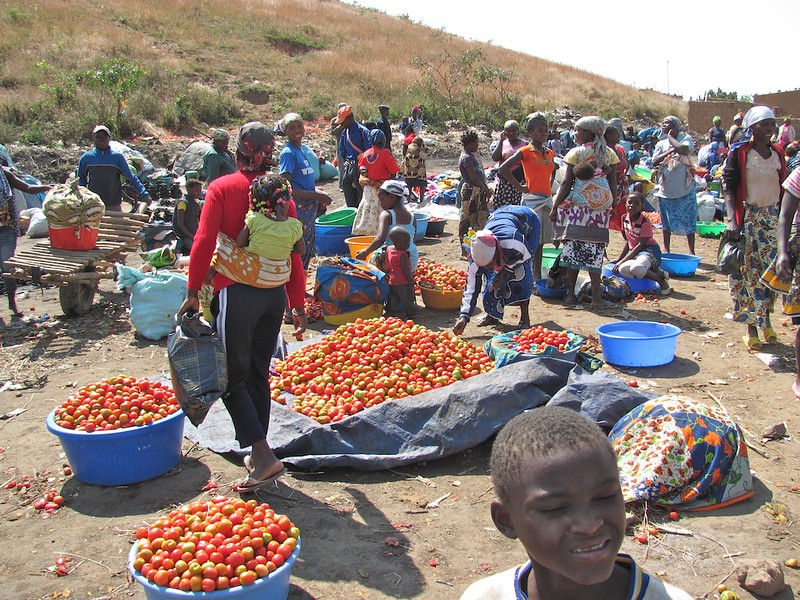
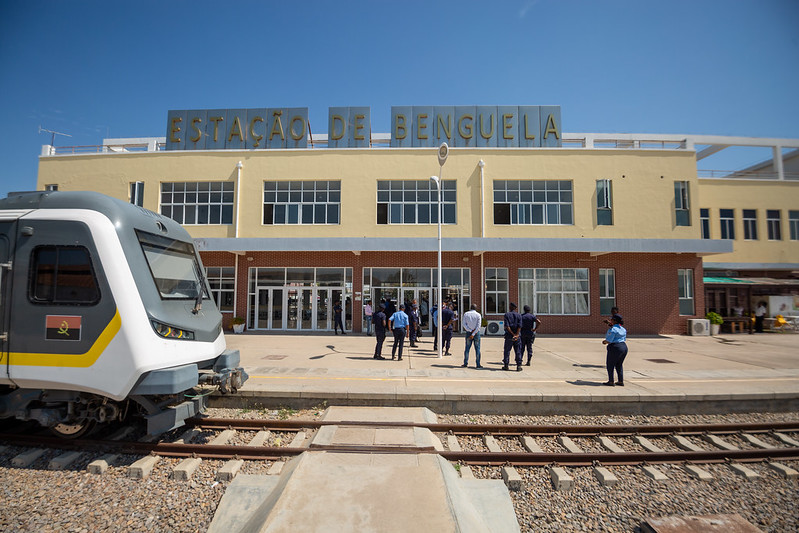 Lobito is a municipality in
Lobito is a municipality in 